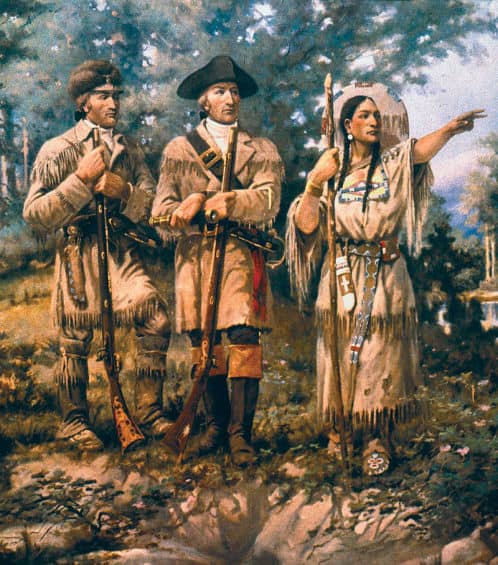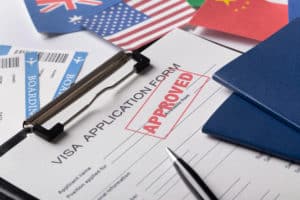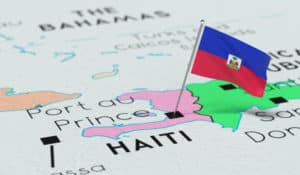In 1803, Thomas Jefferson was the 3rd president of the United States, and the newly formed nation had just made the deal of a century with the French, known as the Louisiana Purchase.
From the bayou down south to the peaks of Montana, the United States government had just acquired almost a million square miles of land, almost all of it unexplored in the eyes of the new arrivals to the continent.
Eager to establish American presence in the area, Jefferson commissioned an expedition to map a practical route across the continent, study local flora and fauna, and create trade opportunities with the Native American population. This was to be the Lewis and Clark expedition.
The expedition had reached what is nowadays North Dakota, when they required the assistance of an interpreter to guide them up the Missouri river. A trapper in the area told them of his wife, a Native American 16-year-old, who could speak Shoshone (the language spoken by the local native population). Her name was Sacagawea.
For thousands of miles, Sacagawea aided the expedition in more ways than one. Providing general directions, interpreting and negotiating with the natives and providing essential moral support for the crew, she became a symbol of cooperation between cultures. Without her inputs, American history would be very different.





